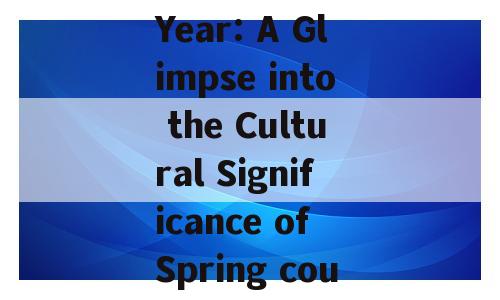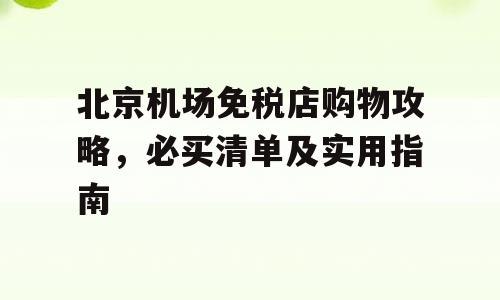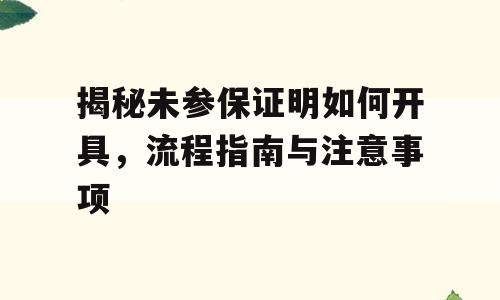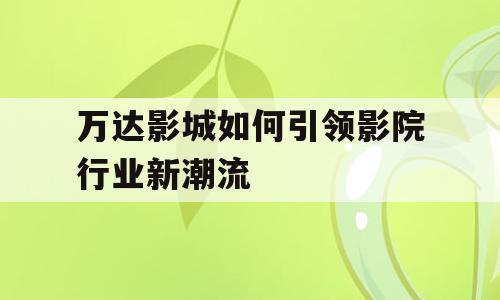As the calendar flips to a new year, there's a festive tradition that transcends cultures and languages—spring couplets. These poetic couplets, known as "Chunlian" in Chinese, are a cornerstone of Chinese New Year celebrations, symbolizing prosperity, happiness, and good fortune. But how do we translate this cherished tradition into English? Let's delve into the world of spring couplets and explore their cultural significance.
The Essence of Spring Couplets
Spring couplets are pairs of verses that are traditionally written in black ink on red paper and hung on either side of a doorway during the Chinese New Year. The red color symbolizes good luck and joy, while the black ink stands for strength and longevity. These couplets often feature auspicious phrases, proverbs, or original poetry that convey wishes for the incoming year.
Translation into English
Translating spring couplets into English can be a delicate task, as the cultural nuances and literary beauty need to be preserved. Here are a few examples of how you might translate some popular spring couplets:
Original Chinese: "新年纳余庆,佳节贺长春。”
English Translation: "With the New Year comes prosperity, and this joyous season celebrates endless spring."
Original Chinese: "花开富贵,竹报平安。”
English Translation: "Flowers bloom to bring wealth, bamboo brings peace and good health."
Cultural Significance
The significance of spring couplets lies not only in their literary beauty but also in their deep roots in Chinese culture. They reflect the values and hopes of the Chinese people, such as filial piety, respect for elders, and the pursuit of harmony. Here are a few key cultural aspects of spring couplets:
1、Auspicious Imagery: Many spring couplets use symbols like fish (for wealth), peaches (for longevity), and cranes (for wisdom) to convey good wishes.
2、Family Unity: The custom of hanging spring couplets is often a family affair, with members coming together to write or choose verses that reflect their collective hopes and dreams.
3、Seasonal Celebrations: Spring couplets are closely tied to the Chinese New Year, which marks the beginning of spring and a time for renewal and rebirth.
Practical Tips for Writing Spring Couplets in English
If you're interested in creating your own spring couplets in English, here are a few tips:
1、Choose Appropriate Symbols: Just as in Chinese couplets, use symbols that carry positive meanings in English, such as "fortune," "health," and "prosperity."
2、Keep it Brief and Poetic: Spring couplets are concise and often rhyme. Aim for a rhythm and rhyme scheme that is easy to remember and pleasant to read.
3、Incorporate Cultural Elements: If you're celebrating the Chinese New Year or have a connection to Chinese culture, feel free to include elements like Chinese zodiac signs or traditional greetings.
4、Seek Inspiration: Look at examples of spring couplets in English to get ideas and inspiration for your own creation.
In conclusion, spring couplets are a beautiful blend of poetry, culture, and tradition. Whether you're translating them from Chinese to English or crafting your own in English, these couplets are a wonderful way to celebrate the new year and share good wishes with loved ones. As the Chinese proverb goes, "The New Year is the time for making a new start, for a fresh beginning, for a new lease on life." And what better way to embrace this fresh start than with a heartfelt spring couplet?















还没有评论,来说两句吧...